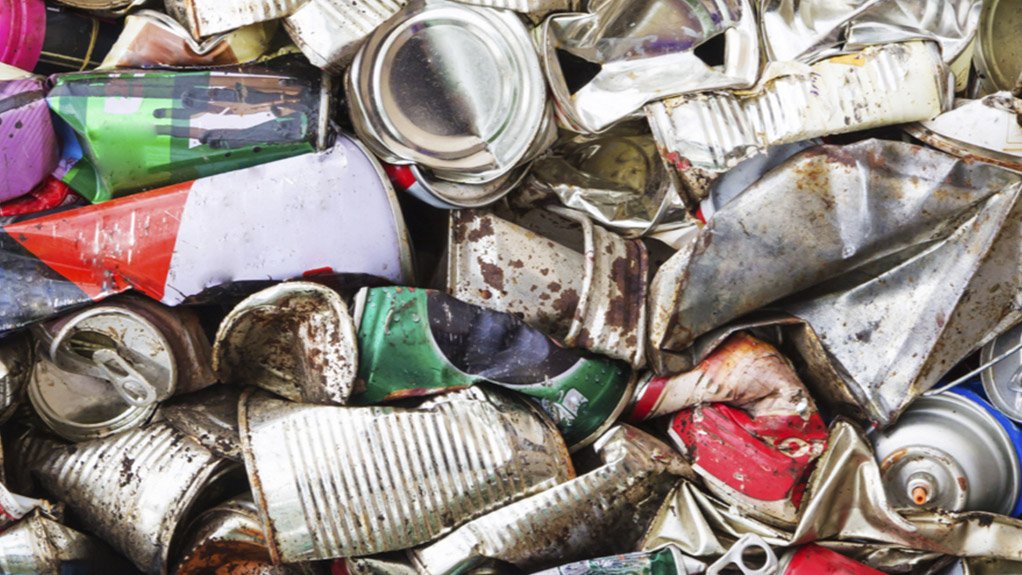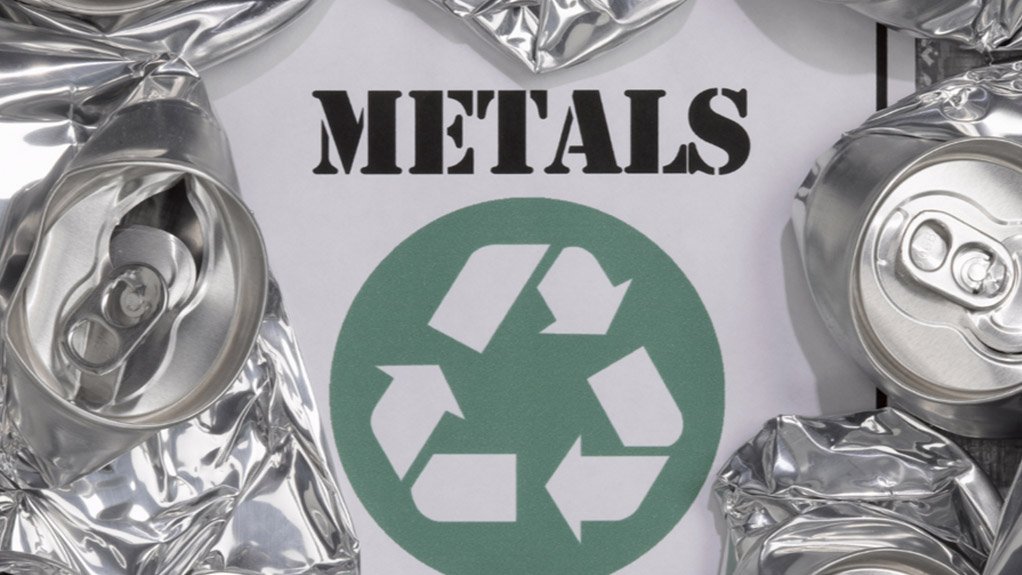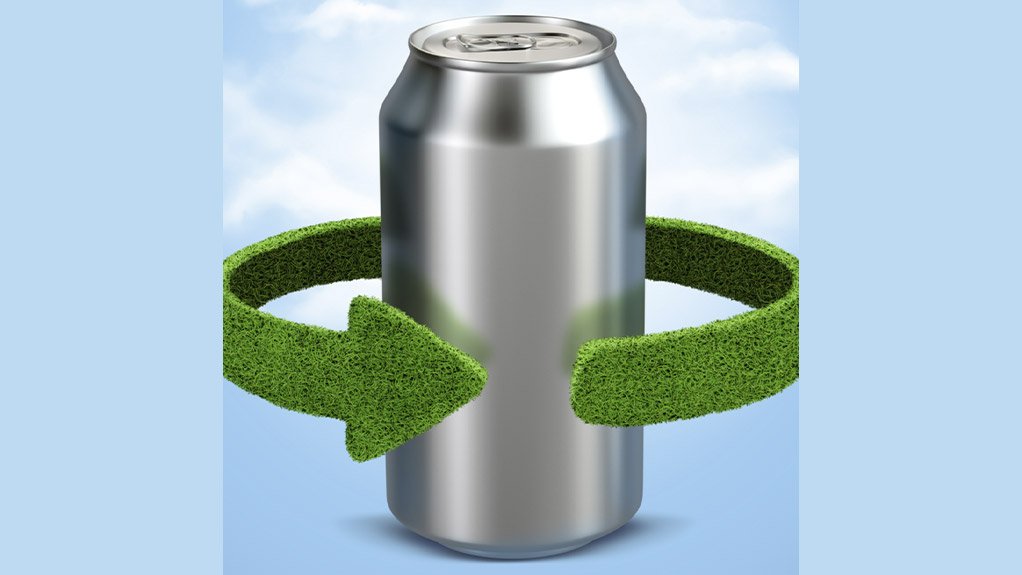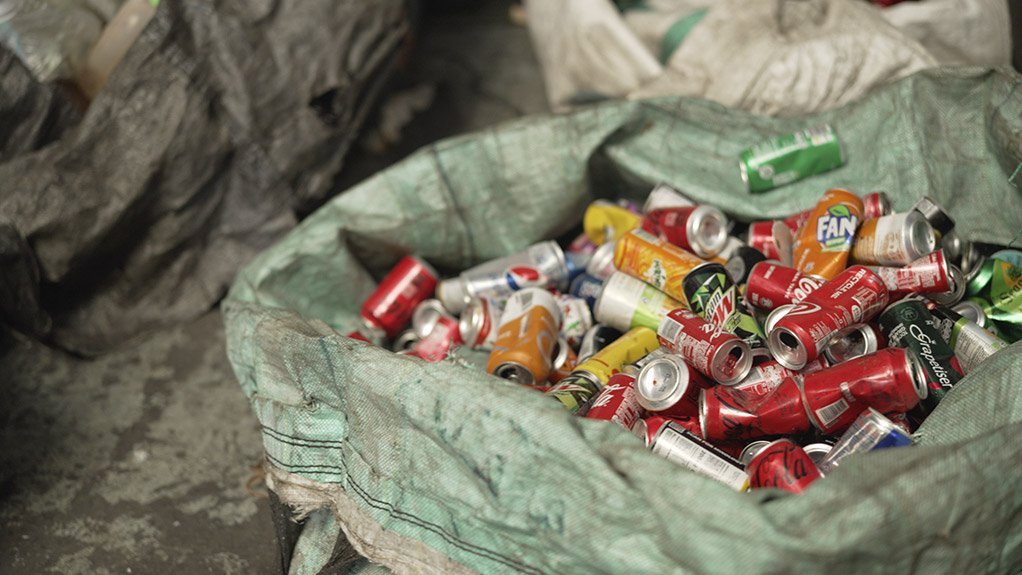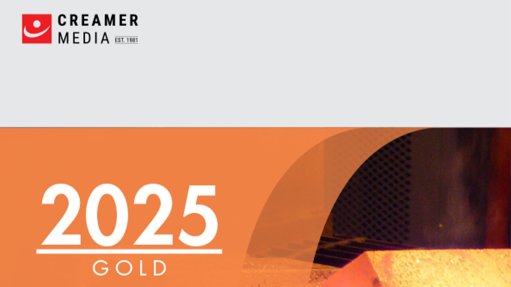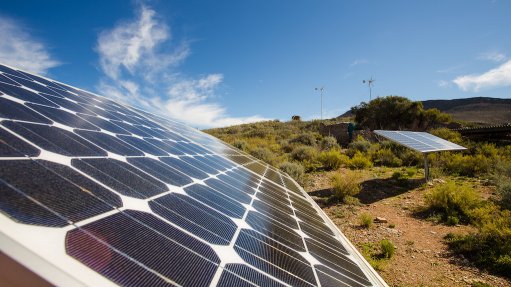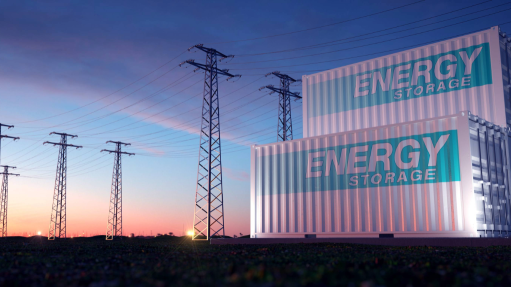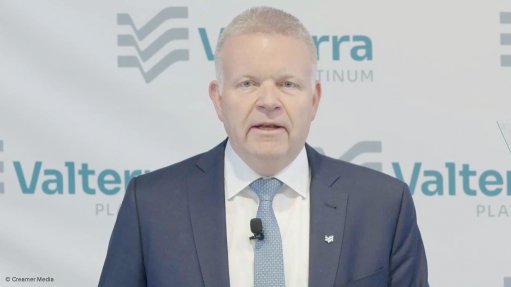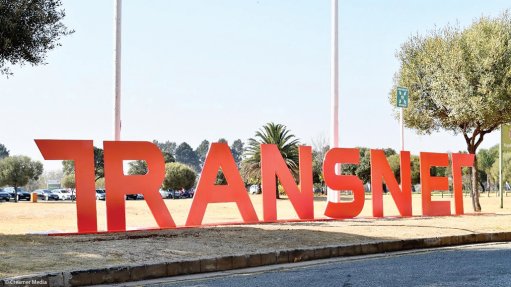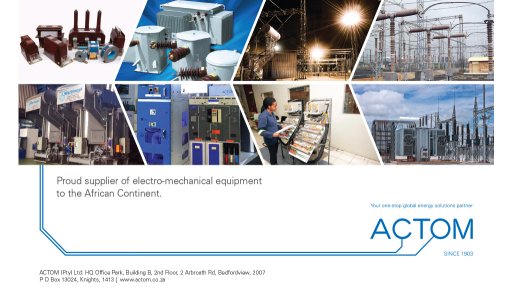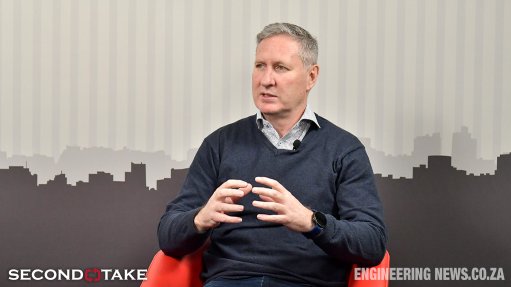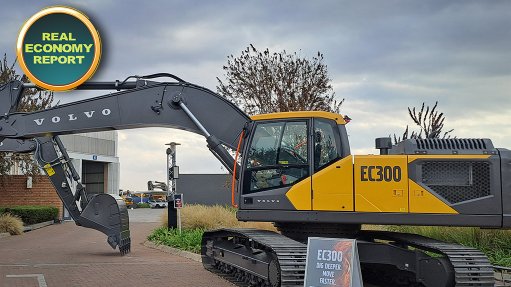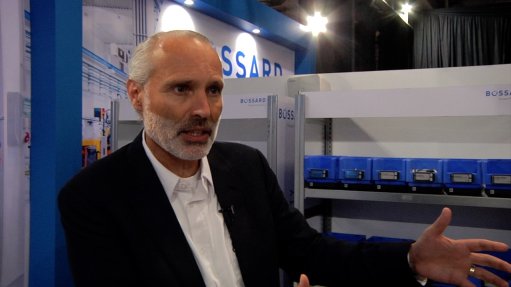Metal Packaging: The ultimate circular solution driving sustainability in South Africa
This article has been supplied and will be available for a limited time only on this website.
Metal packaging is leading the way as one of the most sustainable and recyclable forms of packaging on the planet. In South Africa, MetPac-SA, the Producer Responsibility Organisation (PRO) for metal packaging, continues to spearhead initiatives that maximise collection, recycling, and circularity of metal packaging while supporting innovation and sustainable design.
"Metal packaging, whether it is used beverage cans (UBCs) or ferrous metal containers is infinitely recyclable without any loss of quality. Every can recycled saves energy, conserves natural resources, and contributes to a greener economy. Our mission is to drive innovation in design and recycling while growing collection rates across South Africa,” says Dr Kishan Singh, CEO of MetPac-SA.
Designing for Recyclability: Reducing Material Use and Carbon Footprint
At the heart of sustainability is designing for recyclability. By optimising can body or closure wall thickness through advanced forming techniques, manufacturers reduce material use without compromising strength or barrier performance. This directly lowers raw material consumption, reduces energy used in production, and cuts carbon emissions. Lightweighting and design optimisation make it easier to recycle and conserve resources while maintaining product integrity.
Increasing Recycled Content: Enhancing Circularity
Another key goal is increasing the proportion of post-consumer recycled material in metal packaging, as defined by the Department of Forestry, Fisheries and the Environment’s EPR regulations. This excludes pre-consumer waste, ensuring that true consumer waste is brought back into the loop. MetPac-SA actively encourages producers to source and certify recycled aluminium and steel feedstock, working closely with suppliers to ensure traceability and quality.
Aluminium, in particular, stands out as a star of circularity. Almost 75% of the 1.5 billion tonnes of aluminium ever produced is still in use today. Globally, more than 30 million tonnes of aluminium scrap are recycled annually, saving up to 95% of the energy compared to producing new aluminium from bauxite.
"Every recycled beverage can is a testament to the power of circularity. It returns to the shelf in as little as 60 days without losing quality or strength," Dr Singh adds.
Smart Material Choices: Enabling Efficient Recycling
MetPac-SA promotes the use of mono-material designs, using single-metal systems or compatible alloys to eliminate contamination. Avoiding multi-material attachments, or making them easy to detach, ensures efficient recycling. Standardising and modularising components, such as harmonising diameters and closures, supports closed-loop systems and makes sorting easier.
Water-based or UV-curable inks and coatings replace solvent-based systems, reducing emissions and supporting eco-labelling requirements. Minimalist decoration using laser etching or embossing reduces unnecessary layers, lowering complexity while preserving brand aesthetics.
Reuse, Energy Efficiency, and Pollution Minimisation
While metals are largely recycled, certain metal containers such as tins, pails, and specialty cans are also designed for re-use and re-fill, with durable, resealable, and attractive designs that prolong their life. Packaging logistics are optimised by designing stackable, space-efficient containers that save material and reduce transport costs and carbon emissions. Manufacturers also adopt lightweight alloys, energy-efficient equipment, and clean production technologies to cut greenhouse gas emissions and reduce air and water pollution.
"We encourage industry to not only think about the end-of-life of their products, but also the energy, logistics, and environmental impact throughout the lifecycle of the packaging," Dr Singh explains. "From reducing emissions in coatings to designing for reuse and optimising transport, it’s all part of the bigger sustainability picture."
Driving Collection and Recycling in South Africa
MetPac-SA is at the forefront of promoting responsible production and consumption of metal packaging through Extended Producer Responsibility (EPR) schemes. These schemes incentivise producers to innovate, reduce waste, and ensure that the materials they put on the market are collected, sorted, and recycled efficiently.
Through partnerships with collectors, informal waste pickers, and recyclers, MetPac-SA is helping to strengthen the collection infrastructure, create jobs, and ensure a steady supply of high-quality recycled metal back into the system.
"South Africa has made great strides in metal packaging recycling, thanks to the commitment of the industry and the tireless efforts of thousands of informal collectors who recover cans every day. Our role is to keep improving these systems, raising awareness, and ensuring that more metal stays in circulation — not in landfills,” Dr Singh notes.
The Future is Circular
With its infinite recyclability, durability, and energy-saving potential, metal packaging remains a cornerstone of a circular economy. MetPac-SA’s efforts to advance sustainable design, improve collection and recycling rates, and educate consumers highlight the vital role of metal in reducing environmental impact.
"The circular economy is not just a vision — it’s a reality we’re building every day through innovation, collaboration, and action. Metal packaging is proof that sustainability and performance can go hand in hand,” concludes Dr Singh.
Comments
Press Office
Announcements
What's On
Subscribe to improve your user experience...
Option 1 (equivalent of R125 a month):
Receive a weekly copy of Creamer Media's Engineering News & Mining Weekly magazine
(print copy for those in South Africa and e-magazine for those outside of South Africa)
Receive daily email newsletters
Access to full search results
Access archive of magazine back copies
Access to Projects in Progress
Access to ONE Research Report of your choice in PDF format
Option 2 (equivalent of R375 a month):
All benefits from Option 1
PLUS
Access to Creamer Media's Research Channel Africa for ALL Research Reports, in PDF format, on various industrial and mining sectors
including Electricity; Water; Energy Transition; Hydrogen; Roads, Rail and Ports; Coal; Gold; Platinum; Battery Metals; etc.
Already a subscriber?
Forgotten your password?
Receive weekly copy of Creamer Media's Engineering News & Mining Weekly magazine (print copy for those in South Africa and e-magazine for those outside of South Africa)
➕
Recieve daily email newsletters
➕
Access to full search results
➕
Access archive of magazine back copies
➕
Access to Projects in Progress
➕
Access to ONE Research Report of your choice in PDF format
RESEARCH CHANNEL AFRICA
R4500 (equivalent of R375 a month)
SUBSCRIBEAll benefits from Option 1
➕
Access to Creamer Media's Research Channel Africa for ALL Research Reports on various industrial and mining sectors, in PDF format, including on:
Electricity
➕
Water
➕
Energy Transition
➕
Hydrogen
➕
Roads, Rail and Ports
➕
Coal
➕
Gold
➕
Platinum
➕
Battery Metals
➕
etc.
Receive all benefits from Option 1 or Option 2 delivered to numerous people at your company
➕
Multiple User names and Passwords for simultaneous log-ins
➕
Intranet integration access to all in your organisation



